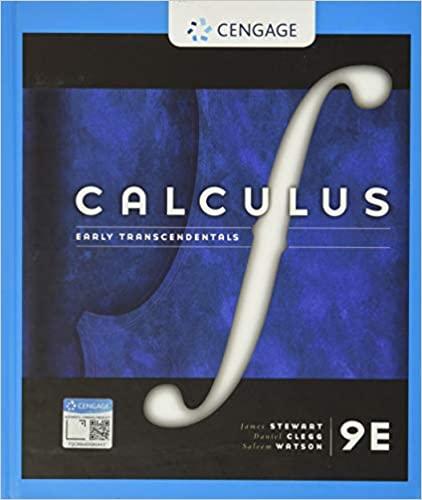Question
Hello, In my classroom, 24 students took an essay test in four subjects. Each essay has six questions, and each question has its own level
Hello,
In my classroom, 24 students took an essay test in four subjects. Each essay has six questions, and each question has its own level of cognitive complexity from lowest to highest, let's call it C1 to C6. Each question is graded on a scale of 0 - 100. Now, I administered this essay test at two different times, so we can call one the pre-test, the other, the post-test, presuming that, in-between the tests, an academic intervention was employed to test its effectiveness on the students' cognitive capacities. I assume that, in this case, we need to employ the paired t-test; but how can we set up the variables to calculate this? The calculations should also show the gain (n-gain analysis) in learning outcomes in favor of the higher C-levels. What I mean is, if during the pre-test we can show that more students scored high scores for lower C-levels (maybe C1, C2, C3), then we find that in the post-test, more students scored higher for higher C-levels (say, C4, C5, or C6), then we can say that the gain in learning outcomes showed a leaning toward the higher C-levels after the treatment was applied. So, how can we set this up mathematically to show this from a statistical point of view? A similar scenario is shown in the context in the image below, although using one subject, pre- and post-tests and although testing cognitive levels from C2 to C6, the principles or core ideas are not too different from this one I have presented. I hope this may serve as a guide. Please, I need to be clear that this is not a quiz; I am my methodologies in my research, and I need mathematical structures that I can use effectively. Thank you!
Step by Step Solution
There are 3 Steps involved in it
Step: 1

Get Instant Access to Expert-Tailored Solutions
See step-by-step solutions with expert insights and AI powered tools for academic success
Step: 2

Step: 3

Ace Your Homework with AI
Get the answers you need in no time with our AI-driven, step-by-step assistance
Get Started


